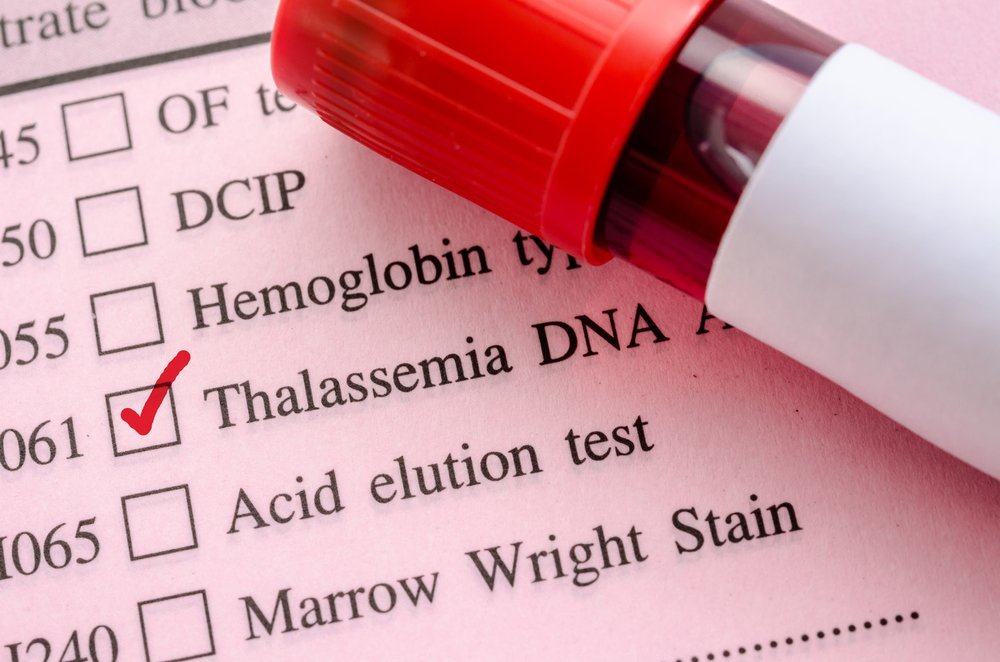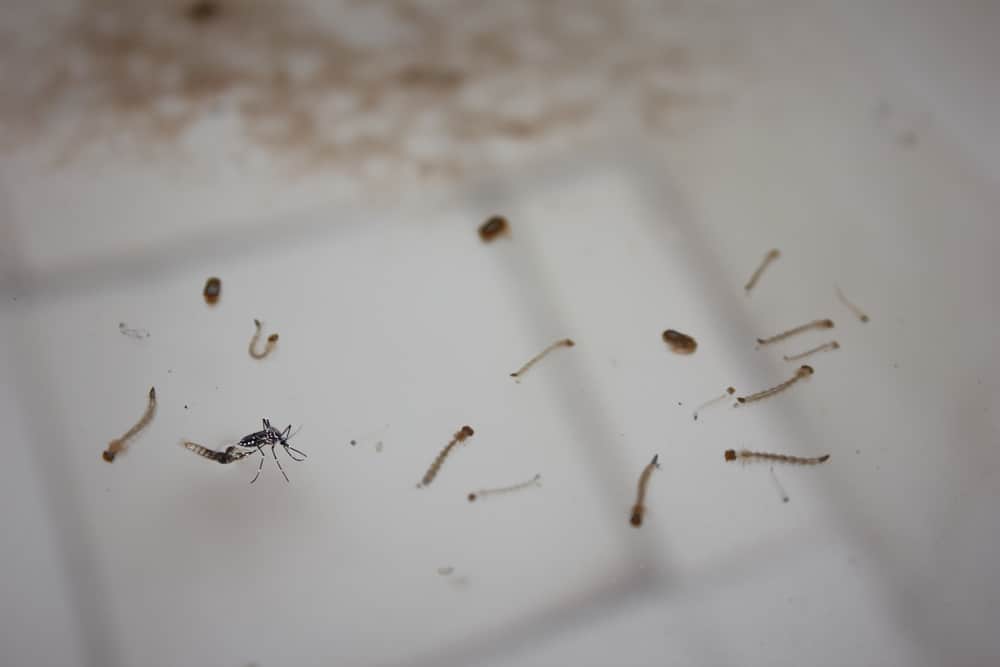Contents:
- Medical Video: What is Thalassemia? Types, Treatment and Symptoms
- What are the types of thalassemia?
- How to detect thalassemia in my body?
Medical Video: What is Thalassemia? Types, Treatment and Symptoms
Thalassemia is a hereditary blood disorder (from parents to children through genes) because the body does not make enough hemoglobin, an important protein in red blood cells. When there is not enough hemoglobin, the red blood cells in the body cannot function properly. The life cycle of red blood cells is shorter, so there are fewer red blood cells circulating in the bloodstream.
Red blood cells function to carry oxygen to all body cells. Oxygen becomes the fuel that cells use to function. When the number of healthy red blood cells decreases, the oxygen intake sent to all other body cells will also decrease. As a result, the body will feel tired, weak or short of breath. This condition is called anemia. People who have thalassemia may experience mild or severe symptoms of anemia. Severe anemia can damage organs and cause death.
What are the types of thalassemia?
Thalassemia is divided into two, based on certain parts of the affected hemoglobin (usually "alpha" or "beta"), or thalassemia severity (which is indicated by the description of trait, carrier, intermedia, or major.)
Hemoglobin, an oxygen-carrying protein to all cells in the body, is made of two different parts called alpha and beta. Thalassemia, called "alpha" or "beta", refers to the part of hemoglobin that is not produced. Low alpha conditions are called alpha thalassemia, while low beta conditions are called beta thalassemia.
Adverbs "trait," "minor," "intermedia," or "major" are used to describe how severe thalassemia conditions are. Patients with thalassemia trait may only experience mild anemia or even experience no symptoms. While thalassemia major patients may show severe symptoms that require regular blood transfusions.
The principle of thalassemia derivatives is the same as the hair color characteristics and body structure that is passed down from parents to their children. The type of thalassemia suffered by a person depends on how much the nature and type of thalassemia is inherited from their parents. For example, if someone gets beta thalassemia trait from his father and mother, then he will have beta thalassemia major. If a person receives alpha thalassemia trait from his mother and gets normal alpha from his father, he will have alpha thalassemia trait (or alpha thalassemia minor). Even if you have thalassemia trait, you usually won't experience any symptoms. However, you might reduce thalassemia to your children and increase their risk of thalassemia.
In some cases, thalassemia is also called Spring Constant, Cooley Anemia, or Bart hemoglobin hydrops fetalis. These names are specifically used for certain types of thalassemia, for example Cooley Anemia is another name for beta thalassemia major.
How to detect thalassemia in my body?
Moderate and severe thalassemia sufferers usually find out their condition in childhood because of previous severe anemia symptoms. Milder thalassemia sufferers will be detected because they show symptoms of anemia, or maybe because the doctor found anemia on a routine blood test or tests performed for other reasons.
Because inherited, thalassemia is usually seen from the condition of other family members. Some patients know that they have thalassemia because they have relatives with similar conditions.
People who have different family members in different countries have a higher risk of developing thalassemia. Thalassemia trait is more common in people from Mediterranean countries, such as Greece and Turkey, and people from Asia, Africa and the Middle East. If you have anemia and also have family members from these areas, your doctor will do a further blood test to find out if you have thalassemia or not.












